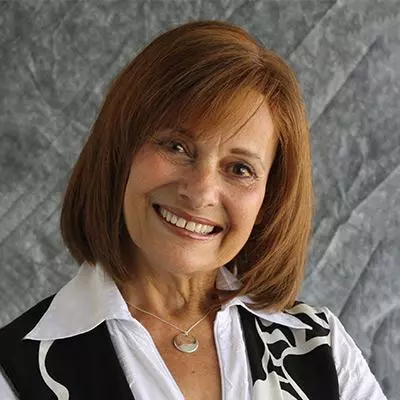Trichotillomania is a challenging disorder that can be an emotionally devastating and embarrassing issue to address. Last year, we provided an Introductory to Trichotillomania blog that explained the various associated symptoms as well as the different types. This month’s follow-up blog, highlights the common misconceptions about Trichotillomania as well as the available treatments and therapies. We hope the information from both blogs is beneficial to you and answers many of the questions you have about Trichotillomania and what you can do about it.
Misconceptions About Trichotillomania
It’s just a bad habit and they can just stop.
Simply deciding to stop pulling their hair isn’t an option for people with trichotillomania. Even though they may have bald spots on their head, ceasing pulling behavior is complicated by the fact that sometimes people don’t even realize they’re engaging in the act until they’re already doing it.
It is self-harming behavior.
There’s often a misunderstanding that people are pulling hair for attention or as a self-harming event such as cutting. While each act can cause damage and scarring, motivations are very different. With focused pulling, they are aware, but with automatic pulling, they are not. Most people who experience trichotillomania want to stop.
It is a form of OCD.
Though trichotillomania is officially classified as an obsessive-compulsive disorder, it is very different than OCD. Unlike those with OCD, individuals with trichotillomania don’t always experience obsessive thoughts around the act of hair pulling. People with OCD feel a sense of relief once they’ve engaged in their particular compulsive behavior. Trichotillomania sufferers usually feel a sense of shame and embarrassment.
Trichotillomania is a rare condition.
There are estimates that up to 4% of the population experience trichotillomania at some point in their lives, however many experts believe that these statistics are underestimated. Unfortunately, many people suffering from trichotillomania often don’t seek treatment because of embarrassment, or they simply don’t know where to turn to for help.
Treatment of Trichotillomania
Treatment of trichotillomania can be complicated, and most treatment options require time and daily personal focus. Many people attempt different approaches to cope with pulling urges before they find a strategy that works for their situation. Following the various methods to see where one’s success is found is a trial and error exercise. It is imperative that you not to be discouraged during this process, as there will undoubtedly be some failures during this journey.
- Habit reversal therapy (HRT), is often found to be the primary treatment of trichotillomania for many people. Substituting alternative behaviors by recognizing situations where the likelihood to pull hair is key. There are tips that create a sense of increased awareness of pulling triggers such use of a rubber band on the wrist or fist clenching.
- Cognitive behavioral therapy (CBT), is an approach that can help people retrain their brain and develop responsive skills. This first-line treatment used in tandem with HRT has demonstrated efficacy in research trials.
- Self-awareness training allows for individuals to learn to become more aware of their hair pulling patterns by journaling detailed accounts of when they pull. Emotional elements and other important information are also chronicled.
- Relaxation training helps people learn to focus on and calm their central nervous systems in response to stressful events that triggers hair pulling.
- Deep breathing training is an exercise that learns the proper way to engage in deep breathing that helps increase focus as well as relaxation.
- Process-oriented therapy can be an effective tool that allows people to better understand their emotional triggers in an in-depth manner.
- Family therapy is associated with children and adolescents, and helps parents learn to be more responsive in managing symptoms.
- Group therapy helps trichotillomania sufferers connect, relate, and provide support with each other people experiencing similar struggles.
We Can Help
If you are suffering from Trichotillomania, don’t be afraid to reach out for our assistance. Here at Elite Hair Loss Solutions, you are among friends who are also hair loss sufferers and understand your situation very well. As a family owned business, and after more than two decades of assisting our Elite Guests with every hair loss situation imaginable, they’ve become like an extended family to us. Why? Because hair loss is so deeply personal, providing our Elite Guests with up-to-date informational guidance, and advanced restorative measures that produce real life-enhancing results means something to each and every one of them. It certainly means something to us. Contact us today to schedule your complimentary, private consultation appointment. We are ready to help.






